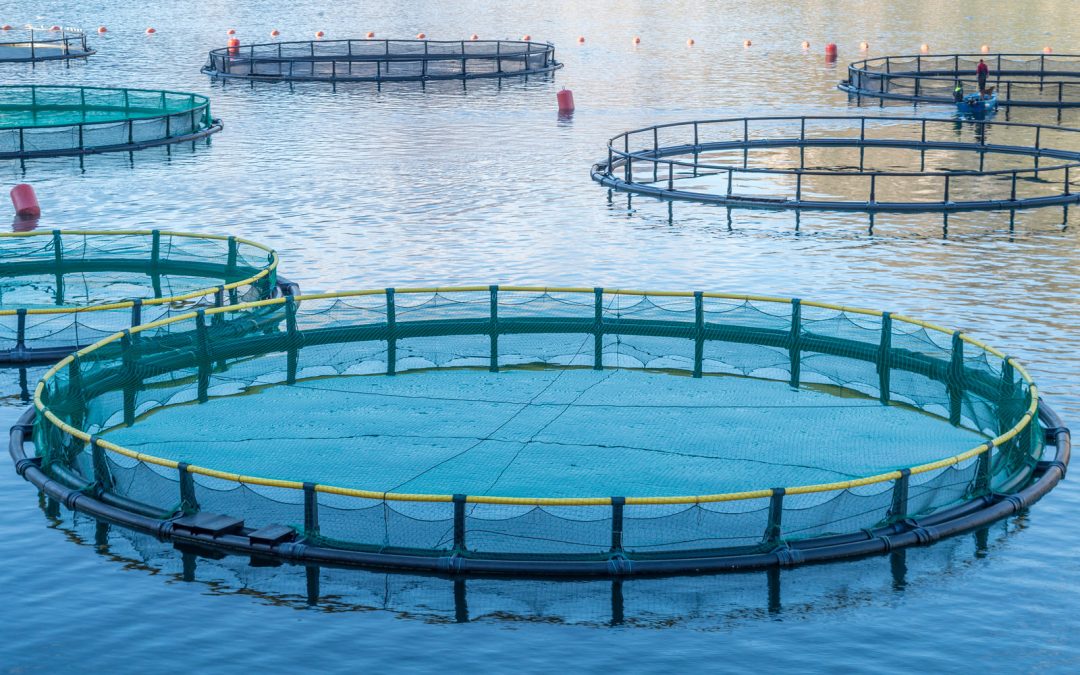We have discussed before the nature of complex systems, and how water as a variable can result in compounding inefficiency. Production involving living animals or plants adds an entire dimension of consideration. Biological factors are among the most difficult to account for. They are fragile and balanced precariously on the stability of your system. Unaccounted incremental changes or fluctuations will lead to lower yields. These could eventually lead to system breakdown. As a result, your goal will be to hedge against these changes and fluctuations for your aquaculture system.
The changes that result in the greatest risks are associated with mortality. Life does not respond well to sudden changes or intolerable conditions even for minutes at a time. This means that consistency in ideal conditions is not the sole factor of importance. It stands to reason that the conditions must never go outside of a certain range, lest the organisms within the system perish. Let’s look at what factors produce the greatest variance and risk of mortality. We will also review how these factors are best controlled in any complex system.
Dissolved Gasses
Plants and animals alike need access to particular gasses – plants need carbon dioxide and animals need oxygen. In aquaculture, these gasses are dissolved in water and are filtered out by these organisms. Even brief minute-long intervals where these gasses are not present will wipe out these organisms. This much is known.
What can be overlooked is that unlike typical agriculture, one must be always conscious of these gasses. In aquaculture, the water provided to the organisms will function as the sole source of CO2 and O2. As a result, insufficient amounts of either, or too much of the wrong gas, will drastically affect mortality. Variations of 2% or more can cause an entire population to suffer increased mortality.
Organisms replace the usable dissolved gasses with unusable gasses over time. This requires constant aeration and replacement. However, the total replacement of this water is also harmful to the ecosystem. Many beneficial bacteria that sustain the system will also be flushed out if replaced too frequently. Injecting oxygen or carbon dioxide is plausible, but not often economical. Having too much of a needed gas is also not efficient. Both CO2 and O2 are corrosive, and high levels of either can hasten the need for repairs in a system.
The most effective mechanism for replacing the dissolved gasses in a system is aeration through filtration. This ensures that the water is retaining its biological integrity. It also provides the required CO2 and O2 for the organisms in the system.
Biological Filtration
As one would expect, organisms produced for aquaculture create waste products that must be filtered. This is more needed for animals, particularly bony fish. Bony fish produce ammonia as a waste product through their gills, and this must be constantly removed from the ecosystem.
The beneficial bacteria mentioned previously are the best way to process this ammonia. The bacteria will process ammonia into relatively harmless nitrite. As one would expect, this nitrite also needs to be filtered. Nitrite is less harmful but even in low concentrations can be lethal to fish. So, filtration is also needed here to best remove nitrites in the water. It is most efficient to allow the bacteria to process the ammonia first into nitrites, as the latter is filtered more easily.
Continuity of pH Levels
The pH of the water is an additional factor that can raise mortality rates among any aquaculture yield. The pH of water can fluctuate wildly in a closed system. This is due to the process of turning ammonia into nitrites. Ammonia has a high pH, and nitrites are exceptionally acidic. The drastic change during nitrification notably lowers water pH. Other biological processes of organisms, like its metabolism, also lower the pH of the water.
What compounds this issue is that most organisms produced for aquaculture prefer high pH. Therefore, conscious efforts must be made to add alkaline minerals and substances. Otherwise, the pH will naturally decline, which the organisms will not be able to tolerate.
Suspended Solids
When one thinks of suspended solids in aquaculture, we perhaps think of only waste products from fish. It would be erroneous to assume this was the only type of suspended solid to show concern for. Uneaten food, decaying organic matter, and even invasive matter like algae will all contribute to a system in flux. Most of these will cause problems for the system’s pH. Others can compete or replace gasses needed to sustain life. Of course, they can also affect normal water flow and produce fouling in the system.
Mechanical separation and frequent inspection are the best ways to prevent solids from interfering with a yield. Removing these solids will help reduce mortality rates and keep a system from fluctuating outside of a preferred range.
Why Filtration Matters
As demonstrated, the factors most influencing mortality rates in aquaculture are all kept in check by filtration. Not only is it important to filter water in an aquaculture system, but it also becomes evident that the quality of filter matters. Otherwise, multiple filters may be needed to perform all of these tasks. Maintaining pH, separating solids, filtering gasses, and removing nitrites are all complicated processes. A system that relies on each one being performed by a distinct filter has more points for failure. It is also inefficient and not economical.
For a custom aquaculture filter that meets your needs, contact Diamond Water Systems and learn how we can help. We design, build and install filter systems for a variety of commercial uses. Review our options on our products page, see our past projects, and talk with us now to find out how we can keep production high and mortality low.

